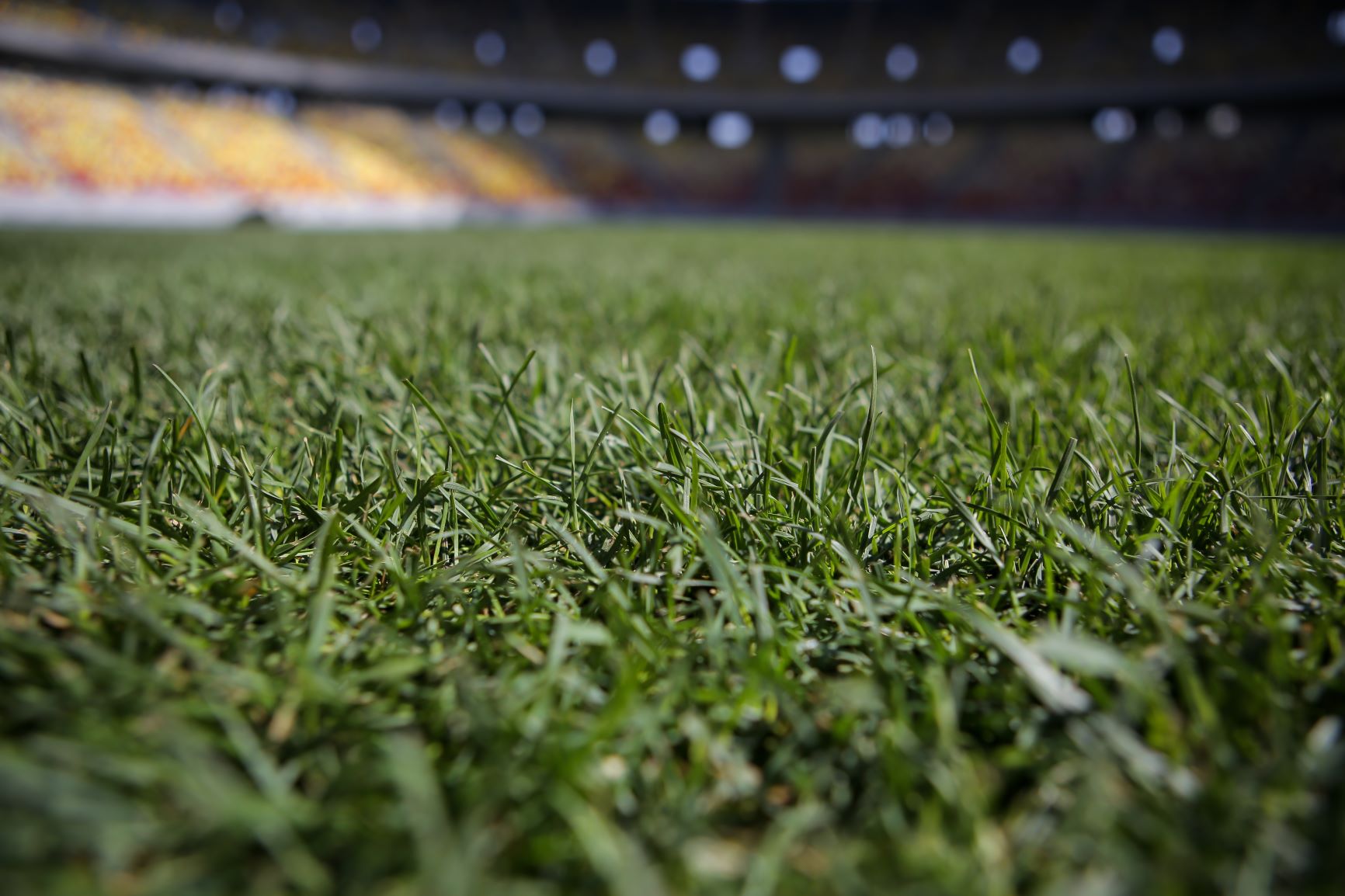Is Your Turf Field Ready for Spring Sports?
Read More

Synthetic turf has gained wide popularity and is utilized by various venues, such as stadiums, recreational centers and even backyards as a viable playing surface. Keystone Sports Construction, which provides the installation, maintenance and repair of synthetic turf to a wide array of customers, invites you to learn the basics about this product and the specific process involved with artificial turf football field installation, and any other sports turf installation you may be seeking.
Synthetic Turf Overview
Synthetic turf, in literal terms is man-made grass. The product is constructed like carpet. The grass-like blades are stitched onto a solid base and can be fitted onto a variety of large locations from athletic stadiums and arenas to smaller venues like a home’s backyard. In fact, over recent times, artificial turf’s popularity and usage has widely increased for all-purpose avenues like batting cages and recreational facilities.
Potential Benefits
Artificial grass has several benefits. Arguably, its most significant attribute is its durability.
The material requires less maintenance and can withstand far more personal use and meteorological impact than typical grass fields. Additionally, less maintenance often translates to reduced associated landscaping costs. Furthermore, synthetic grass exercises a far less detrimental environmental impact. Artificial turf does not need to continually be treated with potentially harmful pesticides and does not need to be watered, which saves hundreds of millions of gallons of water.
The Proper Installation Of Synthetic Turf
To appropriately install synthetic turf, you must adhere to the following steps:
Providing A Sub Base
Before synthetic turf can be placed, you must first establish a significant sub base for said product. The sub base must be completely clear. Ergo, you need to remove any currently existing material, such as soil, weeds and natural grass. It is also crucial to identify any potentially dangerous underground material, such as electrical wiring, piping or sewage and fuel lines to prevent untoward interactions.
Limit Sprinkler or Irrigation Capacity
During this phase, you will cap existing sprinklers or other irrigation products. This prevents the possibility of leaks or water damage. Some industry professionals even recommend relocating irrigation materials and adding these materials along with accompanying drainage once installation is complete.
Lay The Turf
Industry professionals suggest letting your turf absorb sunlight for a brief duration before unrolling said material. This will allow the product to expand, which renders the product easier to place. When roughly a half-hour has elapsed, the turf should gradually be rolled, not dragged across the base. Dragging could cause damage and result in a poor appearance.
Execute Needed Cuts
Sometimes, certain areas of the turf must be cut to perfectly fit into the nooks and crevices of the space you have placed the product. Razor knives and carpet cutters are the most appropriate tools to be used for this purpose.
Secure The Turf’s Perimeter
Once the synthetic grass in in place, its perimeters must be secured to ensure optimal safety and aesthetic quality. This process can be completed using a hammer and turf nails.
Spread and Brush Infill
Infill is material used to enhance the aesthetic quality of the turf. Once set down, you must brush it in using a power broom.
Contacting Us
Reach out for synthetic soccer fields. If you have questions about synthetic turf or are considering adding synthetic turf to your property or facility, please contact us. Further information about our company and services can be found by visiting our website!